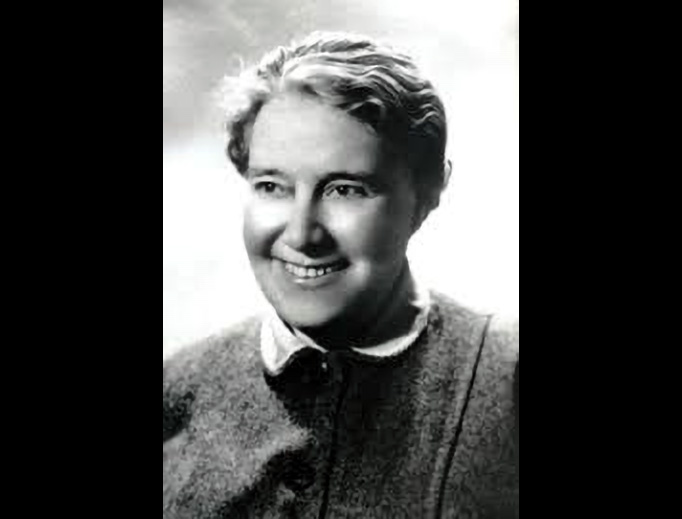Celestina Bottego was born on December 20, 1895 in Glendale, Ohio, second of three children. Her father, Giambattista Bottego, was an immigrant from Italy, and her mother, Mary Healy, immigrated from Ireland. Though she was born in Ohio, the family moved to Butte, Montana where Celestina grew up.
Butte, often called the “Richest Hill on Earth” because of its gold, silver, copper, and other minerals, was a rough-and-tumble town of the Old West that had a vibrant Irish community thanks to immigrants from Ireland who joined Chinese and others to build railroads and work in the mines.
In 1897, Giambattista’s brother, Vittorio, died while on an expedition in Africa. Giambattista, therefore, decided that the family should return to Parma, Italy to care for his aging parents. Giambattista took two of the children, Maria and Vittorio, and left Mary and Celestina in Butte for the time being.
In Butte, Celestina and her mother were members of St. Patrick parish and where the Sisters of Charity of Leavenworth had opened a school. Two of the Sisters made a deep impression on Celestina, and she would stay in contact with them through the years.
As a child, Celestina developed a love of reading and poetry, and she was an excellent student. In fact, in July of 1910, she earned the highest score on state examinations among eighth-graders in Montana. The Butte Miner featured Celestina in their newspaper on this achievement.
In 1910, Celestina’s father was able to bring his wife and Celestina to Parma, Italy. Now, the family was once again intact, living on the family estate and farm they owned.
In Italy, Celestina continued her education and became a teacher. In addition to teaching in middle school, she also taught catechism in her parish and was involved in both Catholic Action and the Red Cross. In 1902, she became a Benedictine Oblate.
Two years later, her sister Maria joined the Franciscan Missionaries of Mary and was sent to India. Celestina was also attracted to religious life, but she wanted to be available to help her parents if they needed her.
Though she was not a religious, Celestina did home missionary work in Parma by teaching catechism and organizing activities to keep young people out of trouble. She was noted to be a very friendly person, the kind of person with whom people felt comfortable sharing their lives and problems.
In her town, she met a native of Parma, Fr. Guido Conforti (today, St. Guido), who had established a new missionary society, the Xaverian Missionary Fathers. Neither of them knew that one day, Celestina would become the first and founding member of a community of Xaverian Sisters that he had always wanted to start.
In 1930, Celestina took a trip to India to visit her Franciscan Missionary sister. For a month, she joined her sister visiting small villages, bringing medicines and other supplies, and caring for the sick. In the month she was with her sister, Celestina baptized forty babies.
In 1938, Celestine began a new job teaching English at the Xaverian Missionary seminary. There, she got to know a very influential priest of the order, Fr. James Spagnolo. In 1943, he suggested to Celestine that she start a women’s branch of the Xaverian community. She laughed him off saying, “I am more capable of destroying God’s works than making them happen.”
In time, however, Celestina agreed to join Fr. Spagnolo in founding what they initially called the Missionaries of Mary, later to be known as the Xaverian Missionary Sisters of Mary. In 1943, they received permission from the Vatican to have an order of Sisters who had no formal religious habit. Father Spagnolo said, “Let love be your habit.”
The new Sisters’ first assignment was to cook and do the laundry for the seminarians in Massachusetts. In time, however, the order of sisters expanded to various nations of Africa, Asia, North America, and South America.
In October 1962, Mother Celestina attended the opening session of the Second Vatican Council.
On October 1, 1966, the Xaverian Missionary Sisters of Mary held their first general chapter. Everyone was astonished when Mother Celestina resigned as superior to make way for new voices. She said, in part, “I wish to withdraw, better observe and follow the activity of all of you, my daughters, and proffer spiritual assistance.” And in her “retirement,” Celestina not only prayed for the Sisters, she also kept in touch via letters sent to all parts of the globe.
In 1977, Celestina was diagnosed with breast cancer and died on August 20, 1980. Pope Francis declared her Venerable in 2013.



